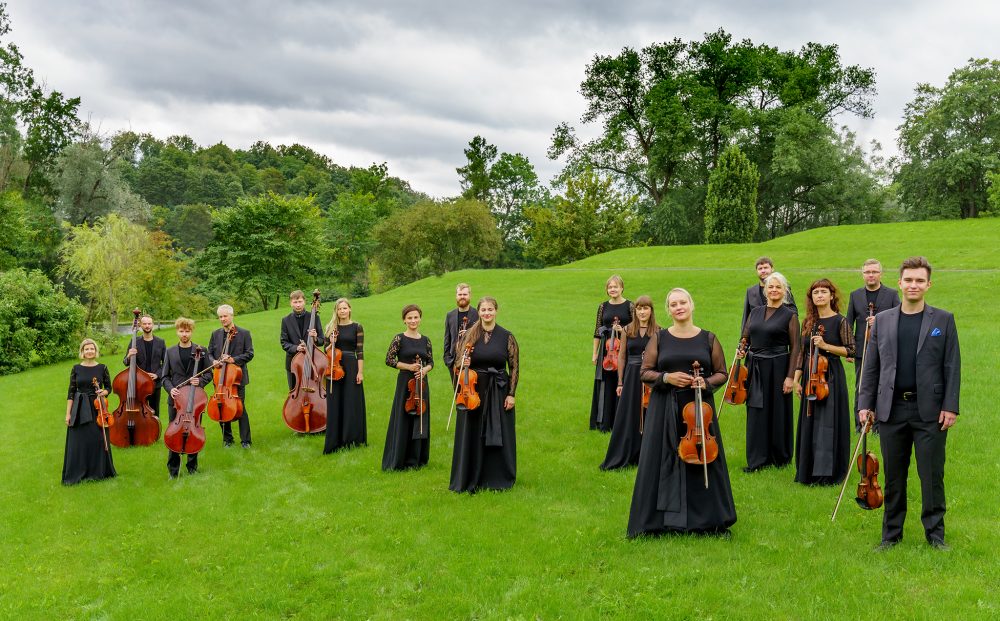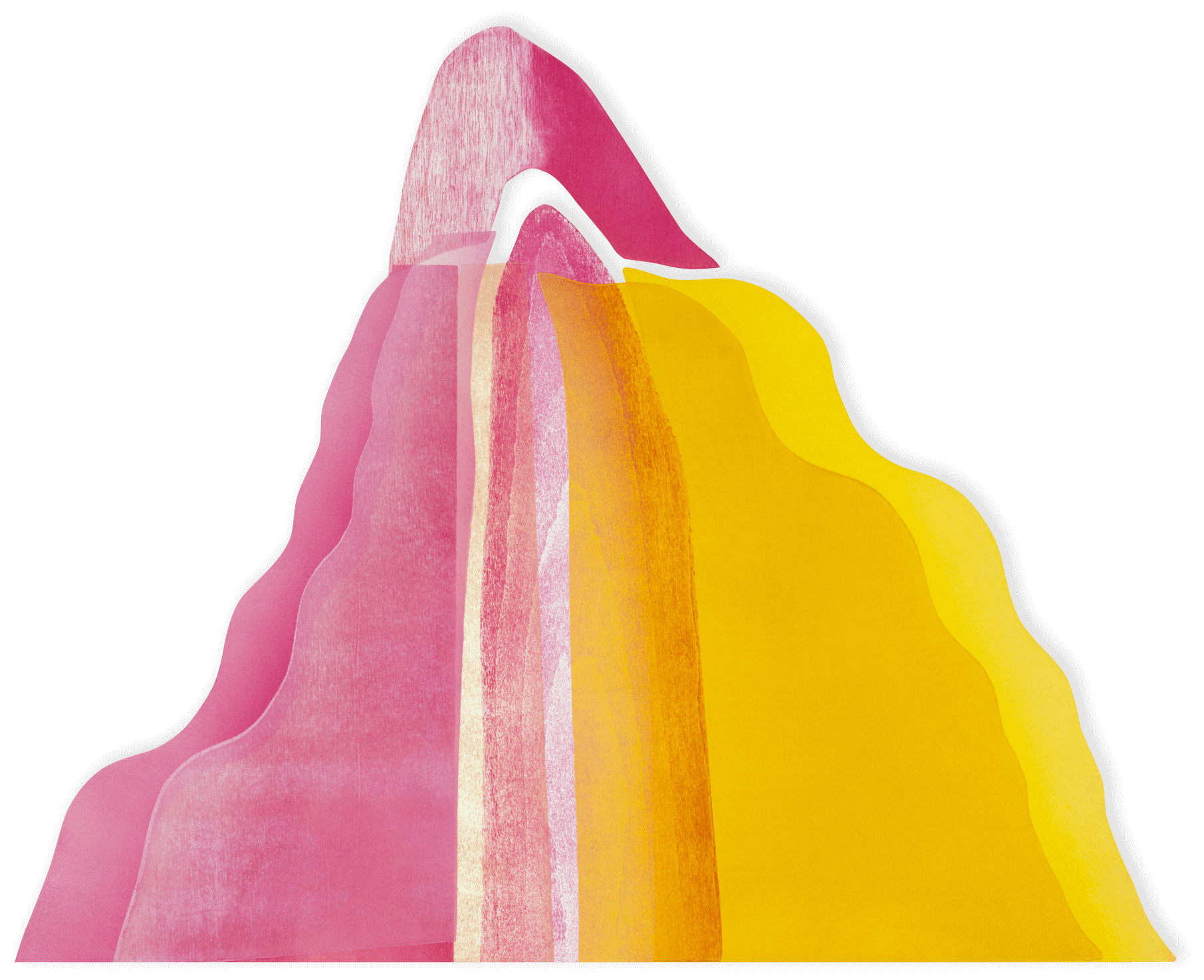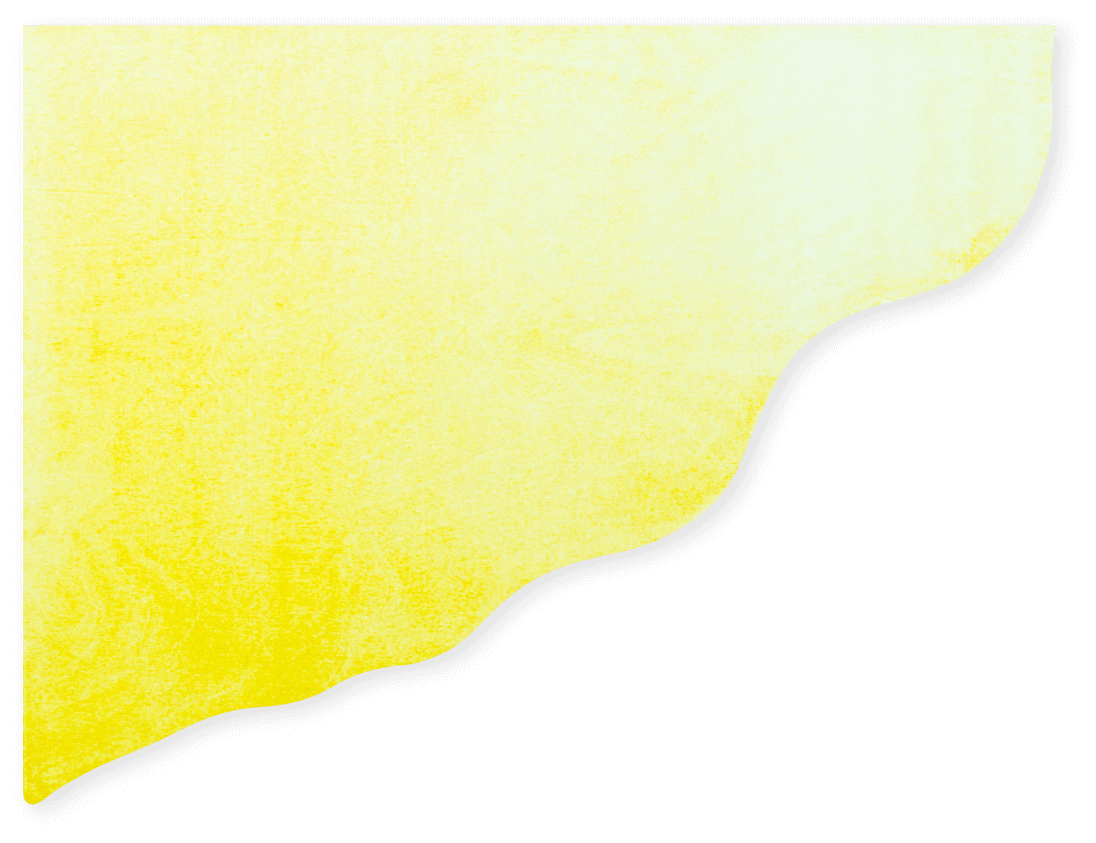
18:00
Tallinn Chamber Orchestra
Conductor Andres Kaljuste
Ester Mägi (1922–2021) – Vesper (1990/1998)
Marianna Liik (b 1992) – On Joy and Sorrow (2022, premiere)
Jaan Rääts (1932–2020) – Divertissement Op. 54 I–III (1975)
Madli Marje Gildemann (b. 1994) – Transpiration from Three Studies on Plant Biology (2022, premiere)
Ülo Krigul (b. 1978) – Layers Playout (2016)
Alisson Kruusmaa (b. 1992) – Five Arabesques for Chamber Orchestra (2021)
During her long creative career and particularly toward its end, Ester Mägi wrote a number of instrumental compositions with titles referring to the religious world. Such is also the Vesper (“Evening Prayer” – “Õhtupalve”), which was initially written as a piece for violin and piano in 1990, inspired by an evening prayer at St John’s Church in Tallinn. The arrangement for string orchestra was commissioned in 1998 by the Swedish ensemble Eurythmia who combines music with dance and poetry and has performed this piece all over the world. Vesper is an elegiac piece with a romantic disposition that discernibly includes church music intonations, as the author has used a motif that she heard at that evening prayer.
On Joy and Sorrow (2022, premiere). “The title of this composition derives from a text in Kahlil Gibran’s book The Prophet. His writing opened up a new perspective on sadness and joy for me.” (Marianna Liik)
Then a woman said, Speak to us of Joy and Sorrow.
Your joy is your sorrow unmasked.
And the selfsame well from which your laughter rises was oftentimes filled with your tears.
And how else can it be?
The deeper that sorrow carves into your being, the more joy you can contain.
Is not the cup that holds your wine the very cup that was burned in the potter’s oven?
And is not the lute that soothes your spirit, the very wood that was hollowed with knives?
When you are joyous, look deep into your heart and you shall find it is only that which has given you sorrow that is giving you joy.
When you are sorrowful look again in your heart, and you shall see that in truth you are weeping for that which has been your delight.
Some of you say, “Joy is greater than sorrow,” and others say, “Nay, sorrow is the greater.”
But I say unto you, they are inseparable.
Together they come, and when one sits alone with you at your board, remember that the other is asleep upon your bed.
Verily you are suspended like scales between your sorrow and your joy.
Only when you are empty are you at standstill and balanced.
When the treasure-keeper lifts you to weigh his gold and his silver, needs must your joy or your sorrow rise or fall.
Verily you are suspended like scales between your sorrow and your joy.
Only when you are empty are you at standstill and balanced.
When the treasure-keeper lifts you to weigh his gold and his silver, needs must your joy or your sorrow rise or fall.
(Kahlil Gibran, The Prophete)
The concert is characterized by fast tempos, infectious rhythmic flow and a playful pill arc which are the features that Rääts loved very much. The same features characterize the Divertisment completed in 1975. It was premiered in October of the same year (in 1961–1976) by the Tallinn Chamber Orchestra conducted by Neeme Järvi.
“Transpiration”, the 2nd movement of Three Studies on Plant Biology for chamber orchestra (2022, premiere). “Every movement of the cycle Three Studies on Plant Biology focuses on illustrating a specific biological process in plants. The first movement was composed for a string quartet and aims to depict osmosis. The second movement will be performed at the concert: it was inspired by the process of transpiration (i.e. the evaporation of water from leaves and other parts), thus creating a musical journey through translating events that we are unable to perceive into the language of music.” (Madli Marje Gildemann)
Layers Playout (2016). “This composition was inspired by conductor Risto Joost’s desire to commission a piece for the Tallinn Chamber Orchestra that would present the sound of the orchestra through instrument groups and single instruments. This incited the idea that is also reflected in the title – Layers Playout. It is about the deconstruction of different orchestral structures into single layers: some accompanying parts become prominent solos, and solos mingle with accompanying parts; the orchestral tuttis are opposed by ensemble passages that seem to be picked out randomly from the orchestra part. Essentially, all the 18 members of the orchestra are soloists: every instrumental part is different and the development of the material brings out small nuances and changes in the phrasing of every musician.
From the very beginning, the dramaturgy of form is conveyed by the combination and mutual push and pull of two contrasting worlds – one of them extremely mobile, the other very static. Reading what I just wrote, it seems to me that era-specific accusations of formalism would also be quite appropriate under these circumstances…” (Ülo Krigul)
* In the 1950s, the accusation of formalism was one of the most common reasons for compositions or other works of art to be censored or forbidden.
Alisson Kruusmaa
Five Arabesques for Chamber Orchestra (2021)
graceful, spiritual,
with the gentleness of arabesques
our life is similar
to the existence of fairies
that spin in soft cadence
around nothingness
to which we sacrifice
the here and now
(Hermann Hesse, in secret we thirst)
Once again, the Estonian Music Days has invited one of Estonia’s top collectives – the Tallinn Chamber Orchestra – to participate in the festival. Founded by Tõnu Kaljuste, this time the successful and internationally renowned orchestra will be conducted by the versatile musician, conductor, violinist and violist Andres Kaljuste. In addition to new music (by Alisson Kruusmaa, Ülo Krigul, Madli Marje Gildemann and Marianna Liik), the programme also includes already well-known Estonian compositions: Ester Mägi’s Vesper and Jaan Rääts’s Divertissement.
Live-broadcast by Klassikaraadio and EMP TV.



